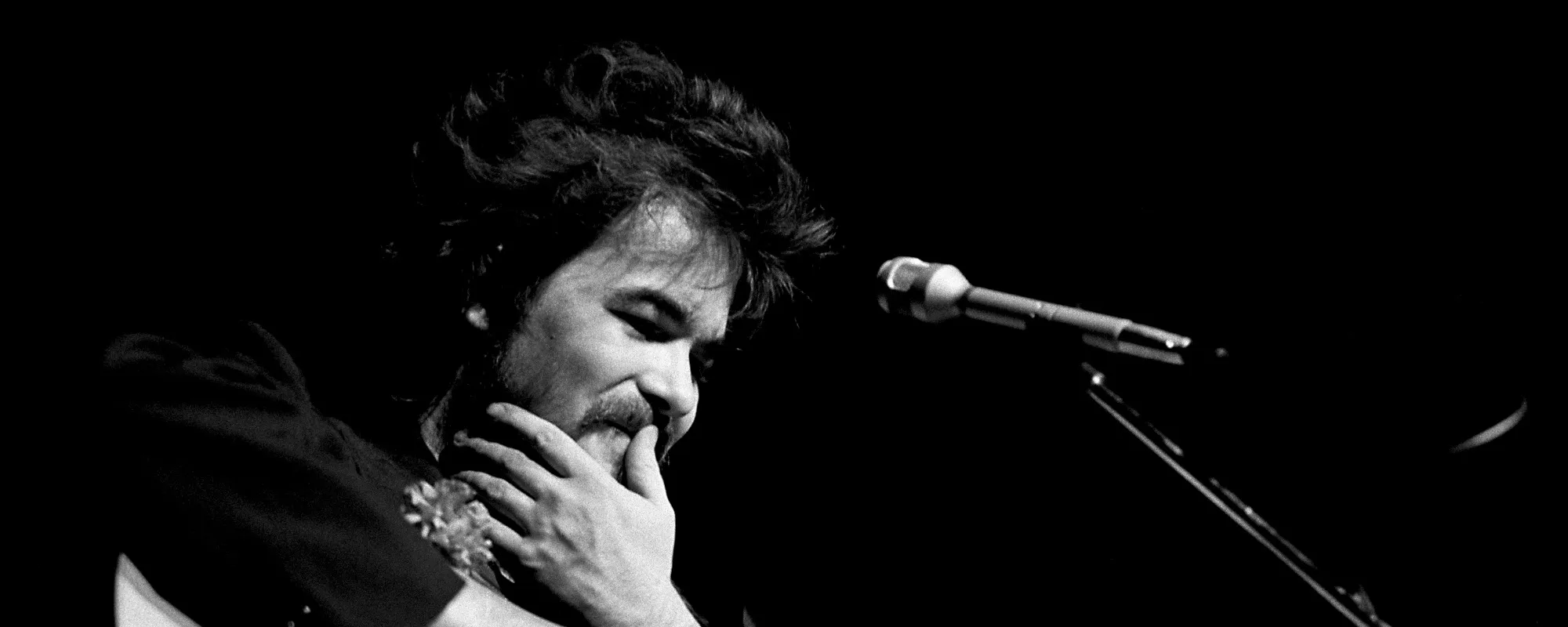On this day (September 10) in 1937, Thomas Cary Overstreet was born in Oklahoma City, Oklahoma. After relocating to Texas, he found early success as a performer on a local TV show. Later, he moved to Nashville to manage the label that released records for the likes of Roy Clark, the Oak Ridge Boys, and Barbara Mandrell. In the 1970s, Tommy Overstreet, often called T.O. by fans, emerged as a recording artist, releasing a string of hits on the Hot Country Songs chart.
Videos by American Songwriter
Overstreet had an early interest in music. His cousin, who he called his uncle, Gene Austin, a successful crooner in the ’20s and ’30s, encouraged Overstreet to follow his passion. At the age of 17, he began performing on Slim Willet’s TV show in Abilene, Texas.
[RELATED: Forgotten 1970s Country Music Stars That Deserve to Be Rediscovered]
According to a feature by Alan Cackett, Overstreet started his career as a pop singer, performing in clubs while studying broadcasting at the University of Texas. Then, he moved to Los Angeles to work as a songwriter, penning songs for the likes of Pat Boone. In 1967, he moved to Nashville, Tennessee, to begin his country music career.
Overstreet became the regional professional manager of Dot Records and inked a deal with the label. He released his debut single, “If You’re Looking for a Fool,” in 1970. It peaked at No. 56 on the Hot Country Songs chart. He didn’t release another single that missed the top 40 until 1979.
He found his first hit with his second single, “Gwen (Congratulations),” which peaked at No. 5 in 1971. His biggest hit came later that year when “Ann (Don’t Go Runnin’)” reached No. 2 on the chart.
Tommy Overstreet on Selecting Hit Songs
Tommy Overstreet never topped the Hot Country Songs chart, but his track record is still impressive. He sent 23 songs to the chart’s top 40. Twenty of those songs landed in the top 20, and 11 cracked the top 10.
During a 2014 interview with Billboard, Overstreet revealed the advice that helped him pick hit songs. “My uncle, Gene Austin, always told me that you had to have songs that speak to the heart,” he shared. “I always tried to do that. I always thought of who I was singing to, which was the audience, and hopefully I did.”
Featured Image by Michael Ochs Archives/Getty Images











Leave a Reply
Only members can comment. Become a member. Already a member? Log in.